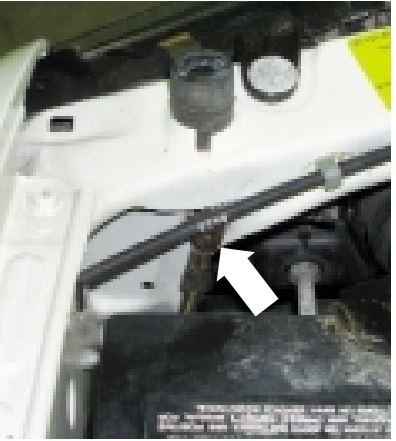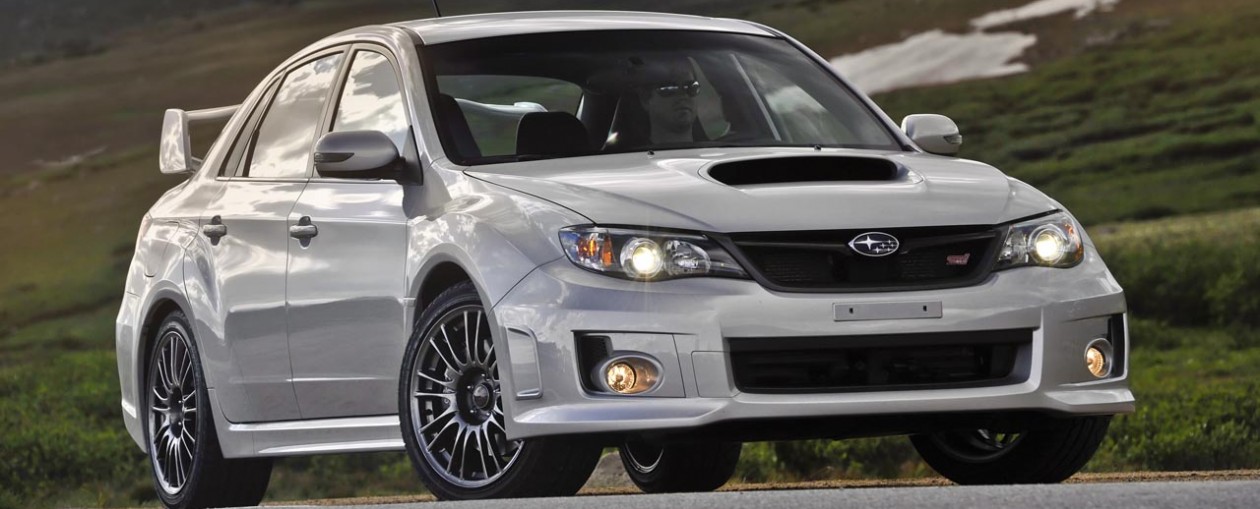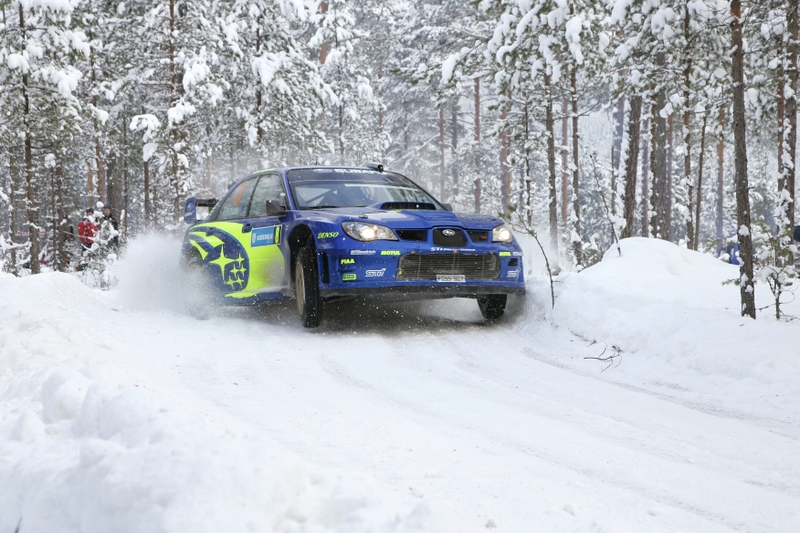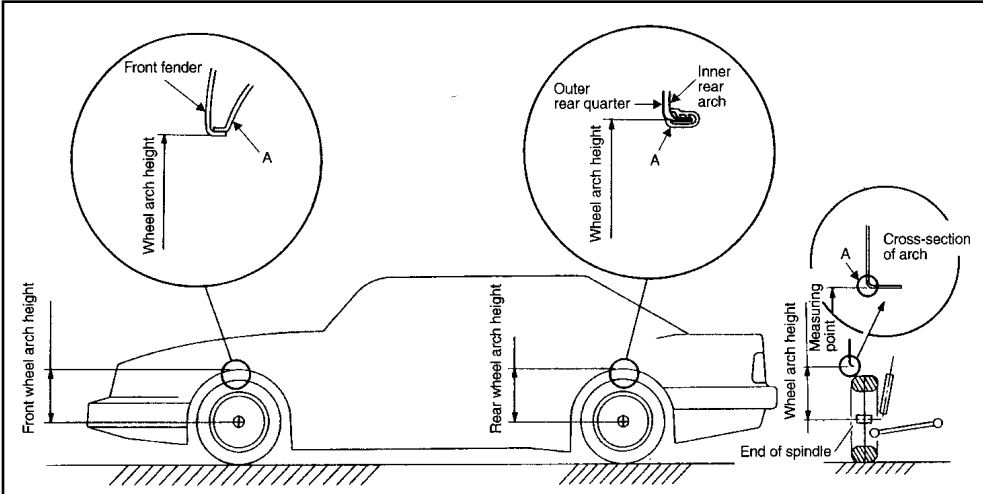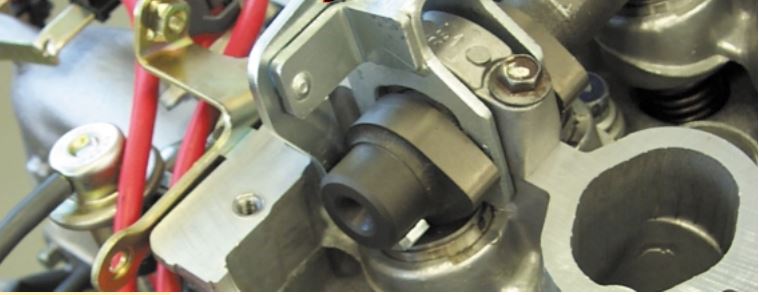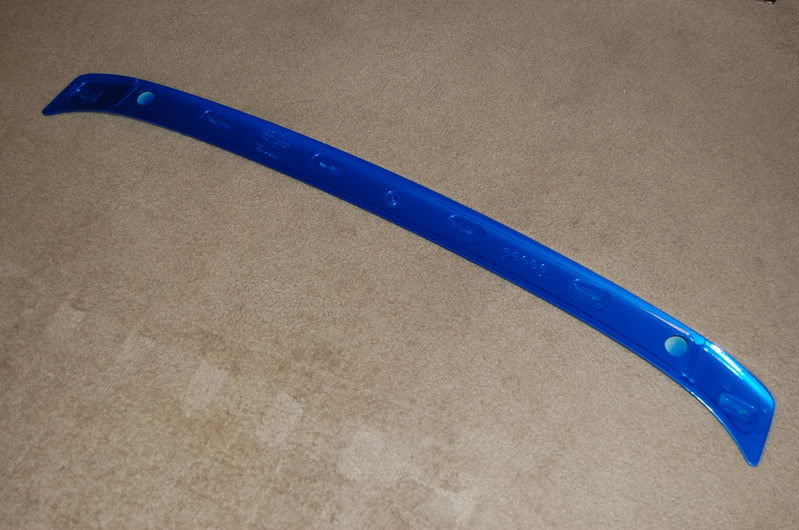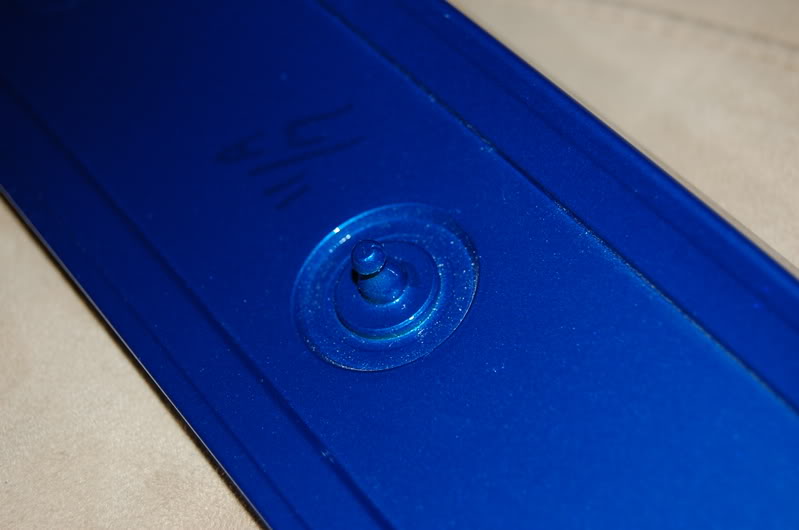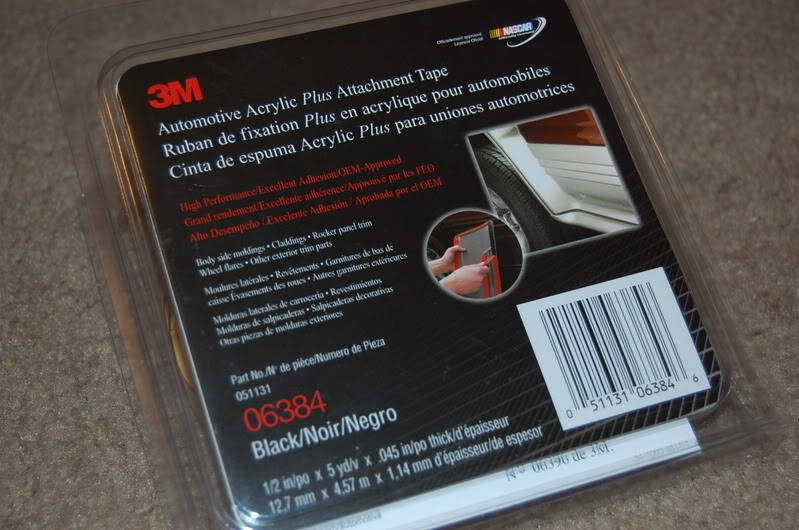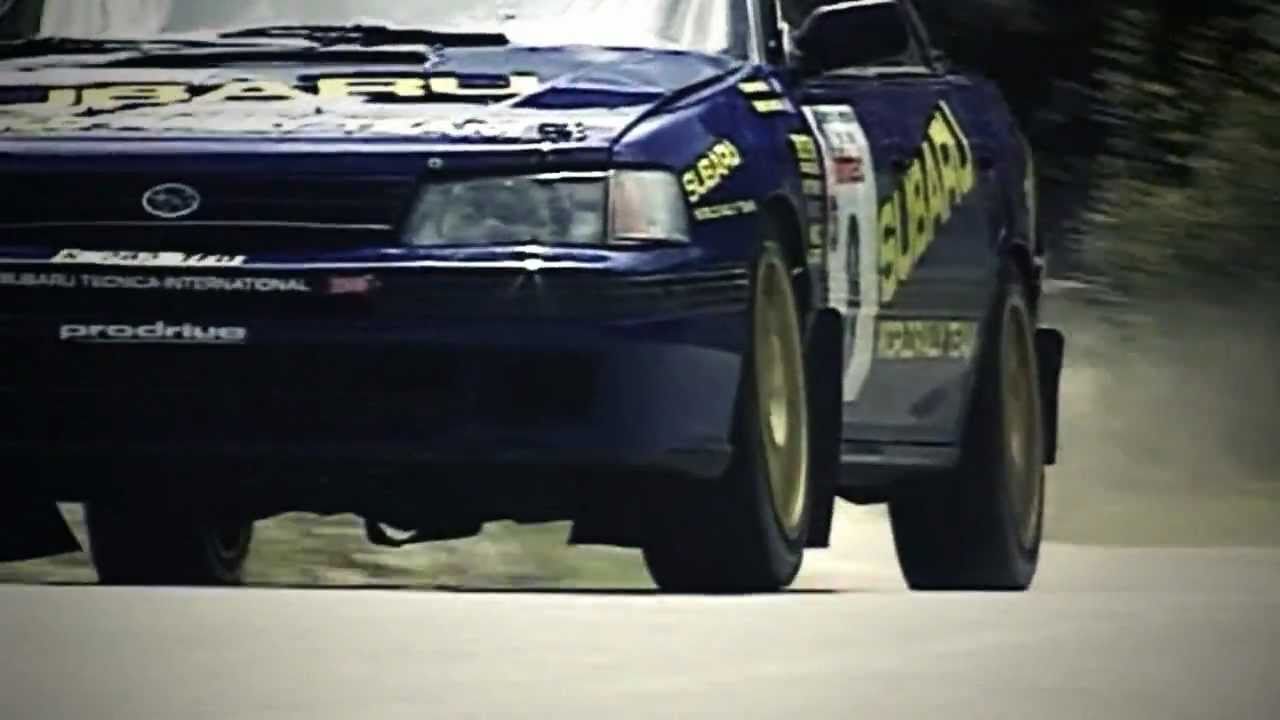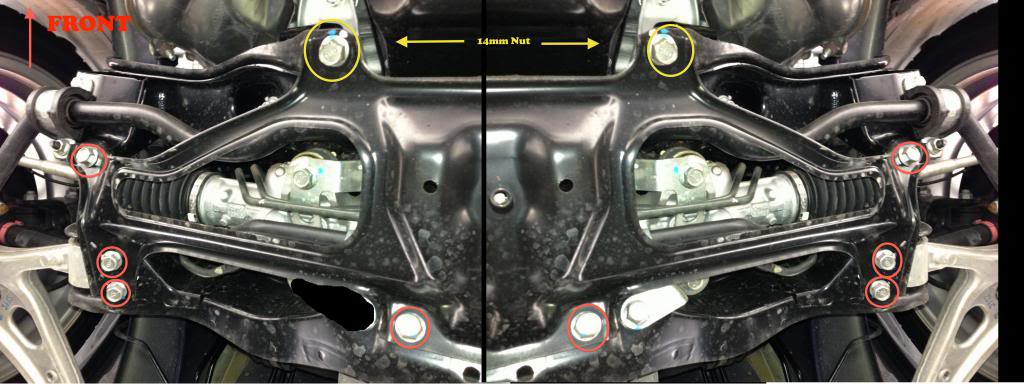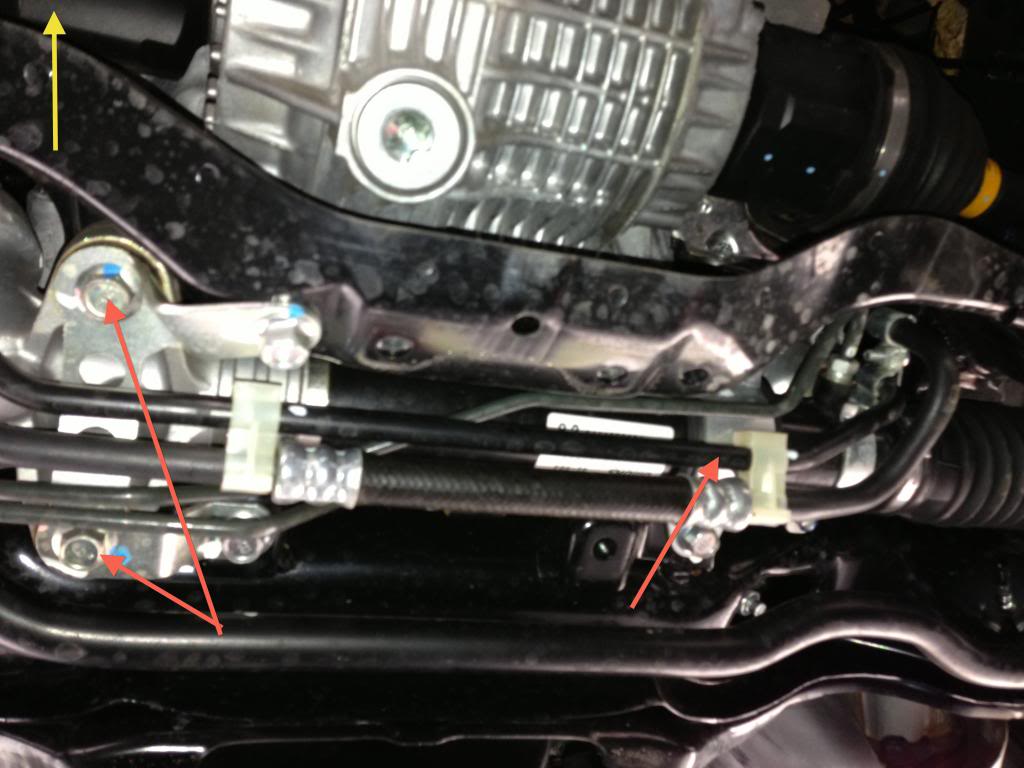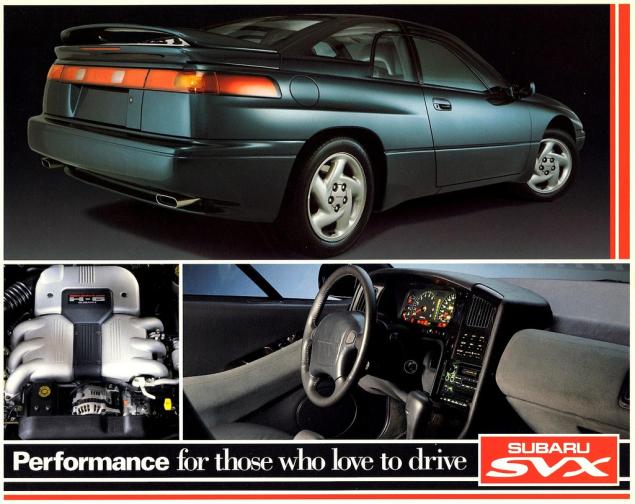Electrical Grounding System inspection:
The importance of checking electrical ground connections during any electrical troubleshooting cannot be over stressed. For example, a poor electrical ground at the radiator support or fender (depending on the affected Subaru model) may cause any or all of the following problems:
• The door ajar indicator light dims when the brake pedal is applied.
• There is a loss of communication with the Automatic Transmission side of the New Select Monitor when the vehicle is put into gear.
• The engine starts running poorly after driving only a few feet.
• There is a loss of communication with the Anti-lock Brake side of the New Select Monitor when the brake pedal is applied.
Vehicles that have been involved in accidents should be inspected especially closely. In the example below, a Subaru Legacy had been involved in a front end collision.
During reassembly of the vehicle, the electrical ground wire behind the left front headlight that fastens to the radiator support had not been reinstalled (refer to photo). This electrical ground is attached to the left front fender on Subaru Impreza and Forester models. After reinstalling this ground wire, all of the affected systems returned to proper working order.
